Yoshida Shrine, the Shrine that Redefined Shinto
Right next to the most prestigious university in the Kansai region, Kyoto University, is Yoshida Shrine[吉田神社]. Many people overlook this shrine as there are many famous tourist sites nearby, this shrine played a major role in the Shinto religion and for any history buff, this shrine is too important to just pass by.
The History of Yoshida Shrine
Yoshida Shrine was built by Fujiwara no Yamakage, who in 859, invited the gods from Kasuga Shrine to Yoshida Shrine. From that time on, Yoshida Shrine essentially became a guardian shrine of Heiankyo Palace.
The most prominent figure who put this shrine one the map and in the history books was head priest Yoshida Kanetomo [吉田兼倶]. During the Yoshida’s lifetime, Buddhism and Shinto existed without any clear boundaries. Yoshida Kanetomo rejected this idea and established his new drastic theory, ultimately creating a new denomination of the Shinto religion; Yoshida Shinto.
Spiritual Superiority
Ever since Japan Prince Shotoku popularized Buddhism, Japan had two different religions: Buddhism and Shinto. In general, for most Japanese people (even today) Buddhism is for dealing with one’s afterlife, while Shinto is focuses on one’s current life. It was natural then, for Japanese people to accept and practice both religions. However, during his reign Emperor Shomu built many Buddhist temples in the hopes of protecting the country from various disasters.

While this practice might not seem strange today, at the time many Japanese people found it fairly odd. Why, after all, should the emperor, a living god of the Shinto faith, build Buddhist temples and worship in them? Gradually many people started to think that perhaps Buddhism wielded more spiritual power than Shinto.
As more time passed, people came to believe that Shinto gods were merely manifestations of Buddhism deities, such as Nyorai and Bosatsu. For example, a popular belief was that Amaterasu is a manifestation of Dainichi Nyorai. Also Shinto gods were believed to guard temples, also awaiting salvation from the Buddha.
Yoshida Shinto
However, Yoshida Kanetomo, argued that this was not the case. His ideology, later termed Yoshida Shinto, was that in fact Shinto is the origin of all beliefs. He claimed that was the “root” of all faiths and Confucianism the “branch”, and Buddhism the “fruit”. In the 15th century, he built the Daigengu beside the honden of Yoshida Shrine as the main worship hall of a god mentioned nowhere in the Kojiki, Soranaki-oomoto-mikotokami [虚無大元尊神], the ultimate god of creation. Because Kanetomo was high rank priest in charge of sacred rituals for the imperial palace, his ideas quickly gained popularity.
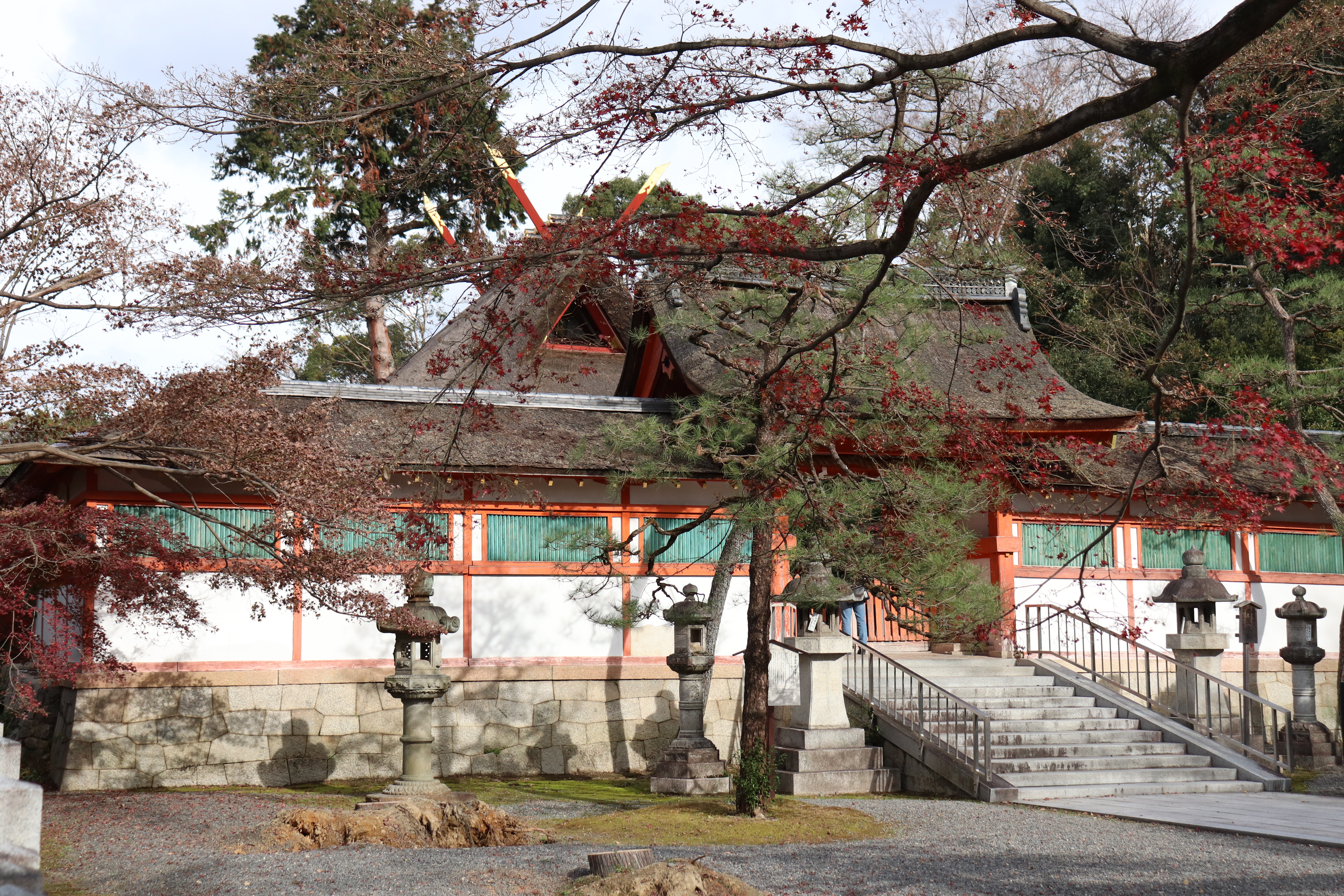
In the early Meiji Period, the Meiji Restoration forced Buddhism and Shinto to finally establish clear boundaries between the two faiths and Emperor Meiji declared Shinto superior to Buddhism, as Buddhism is not native to Japan. The emperor’s orders sadly resulted in the destruction of many temples. Eventually, Yoshida Shinto came to an end because it was no longer necessary.
Shrine Grounds
Despite the shrine is near such a large reputable university, usually there are not many people on the shrine grounds.
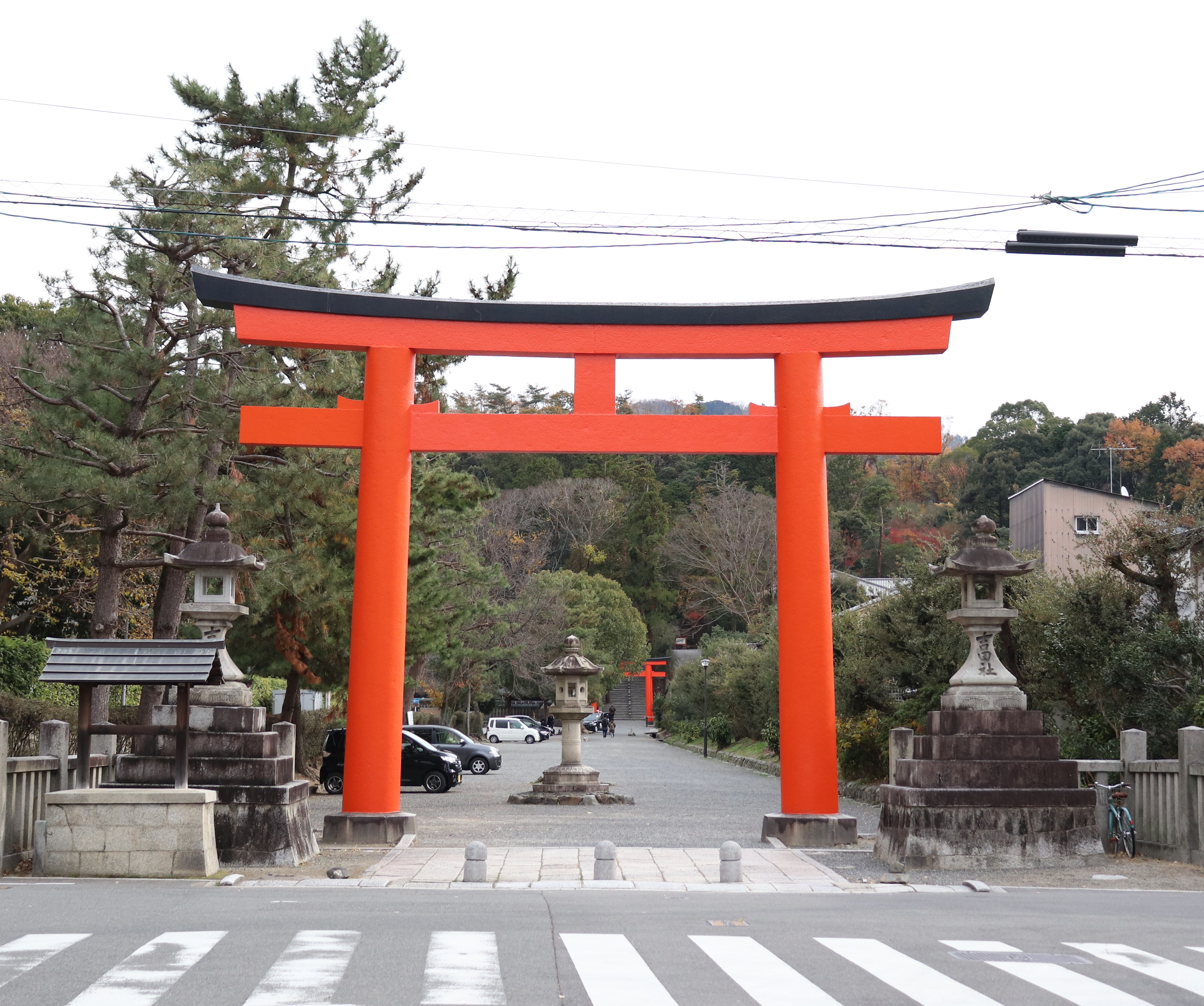

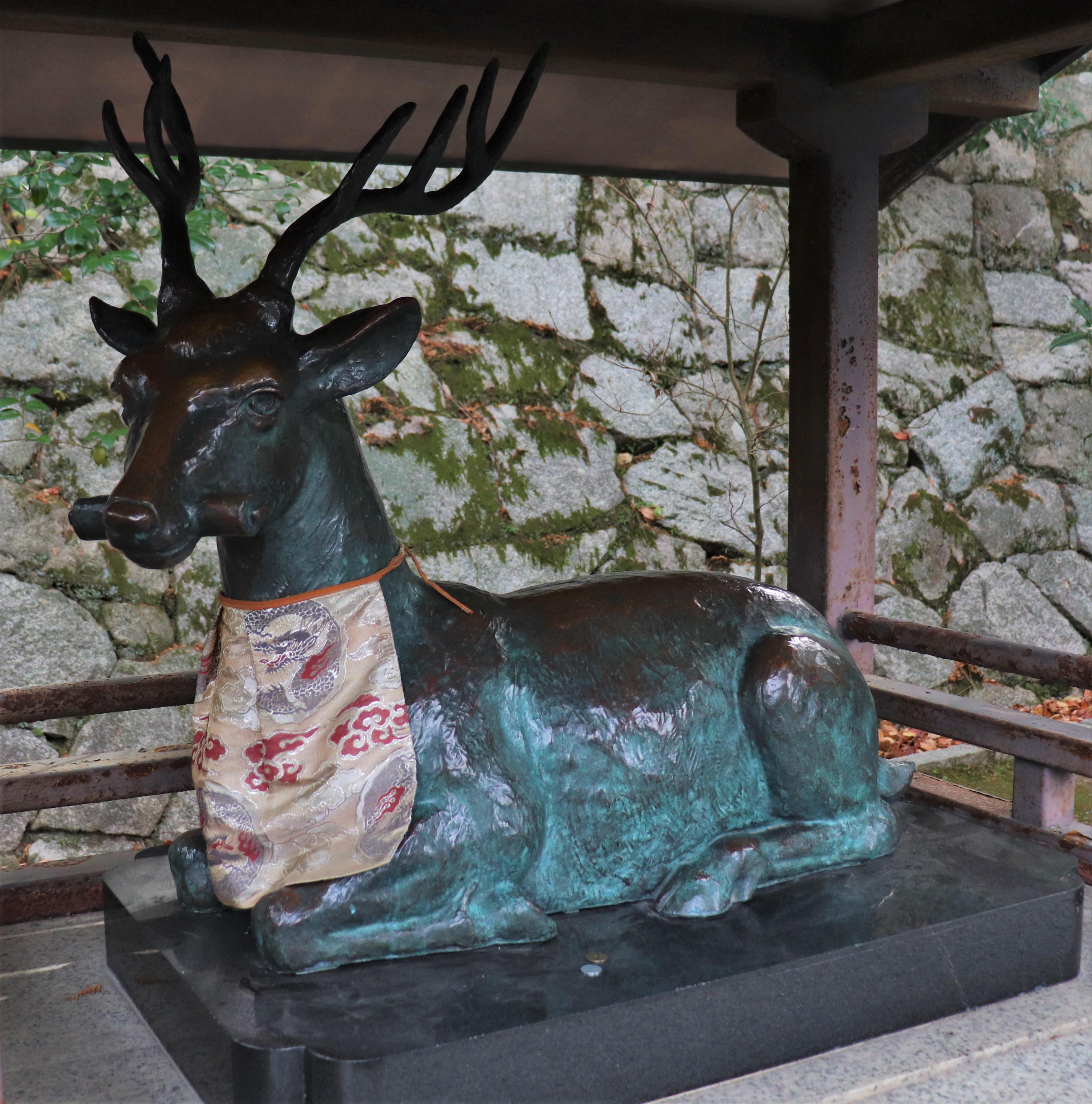
Once you get in, you will see the main shrine or honden. Since this shrine houses the Kasuga gods from Nara’s Kasuga Shrine, the honden both use the same architectural: Kasuga-zukuri style.

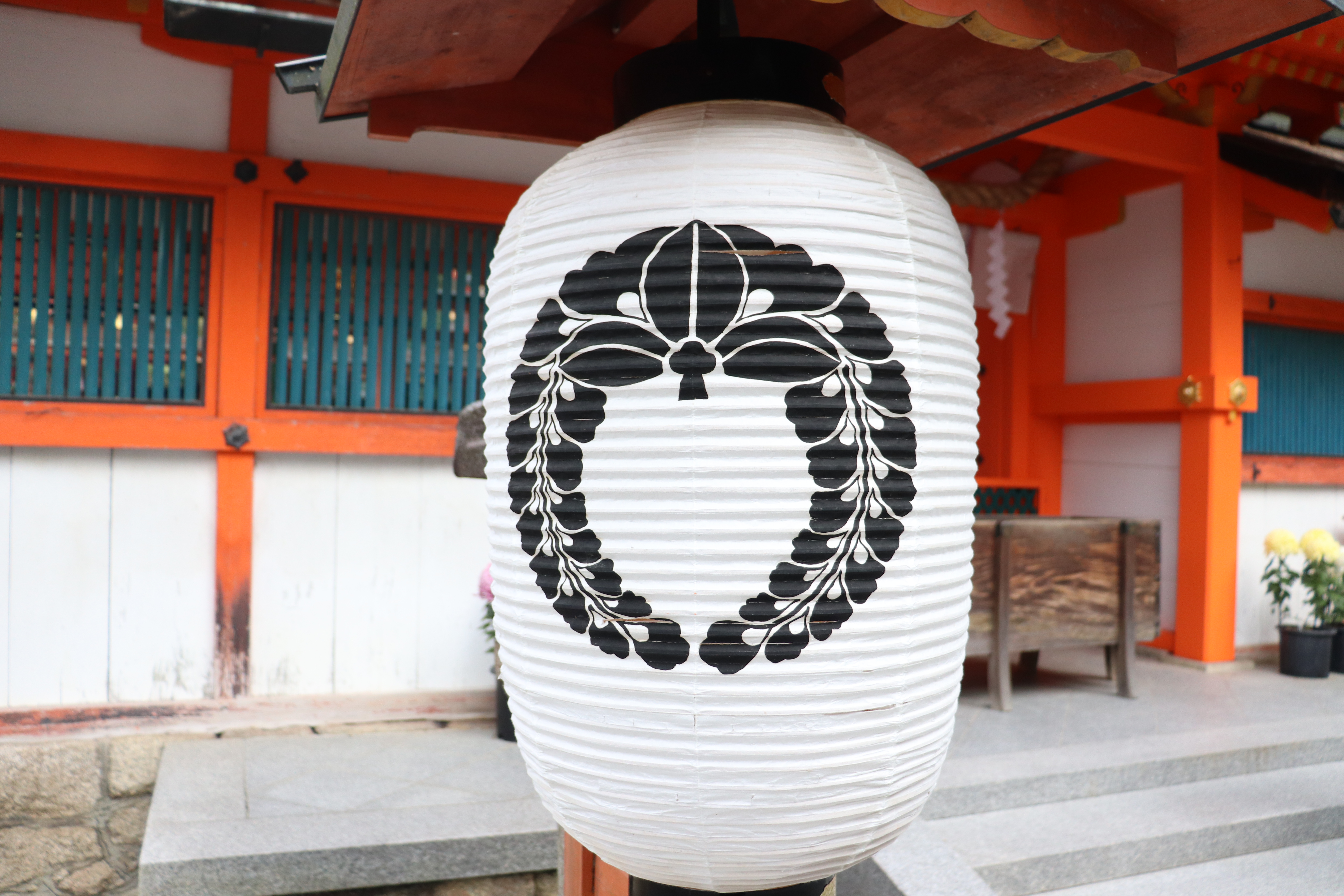
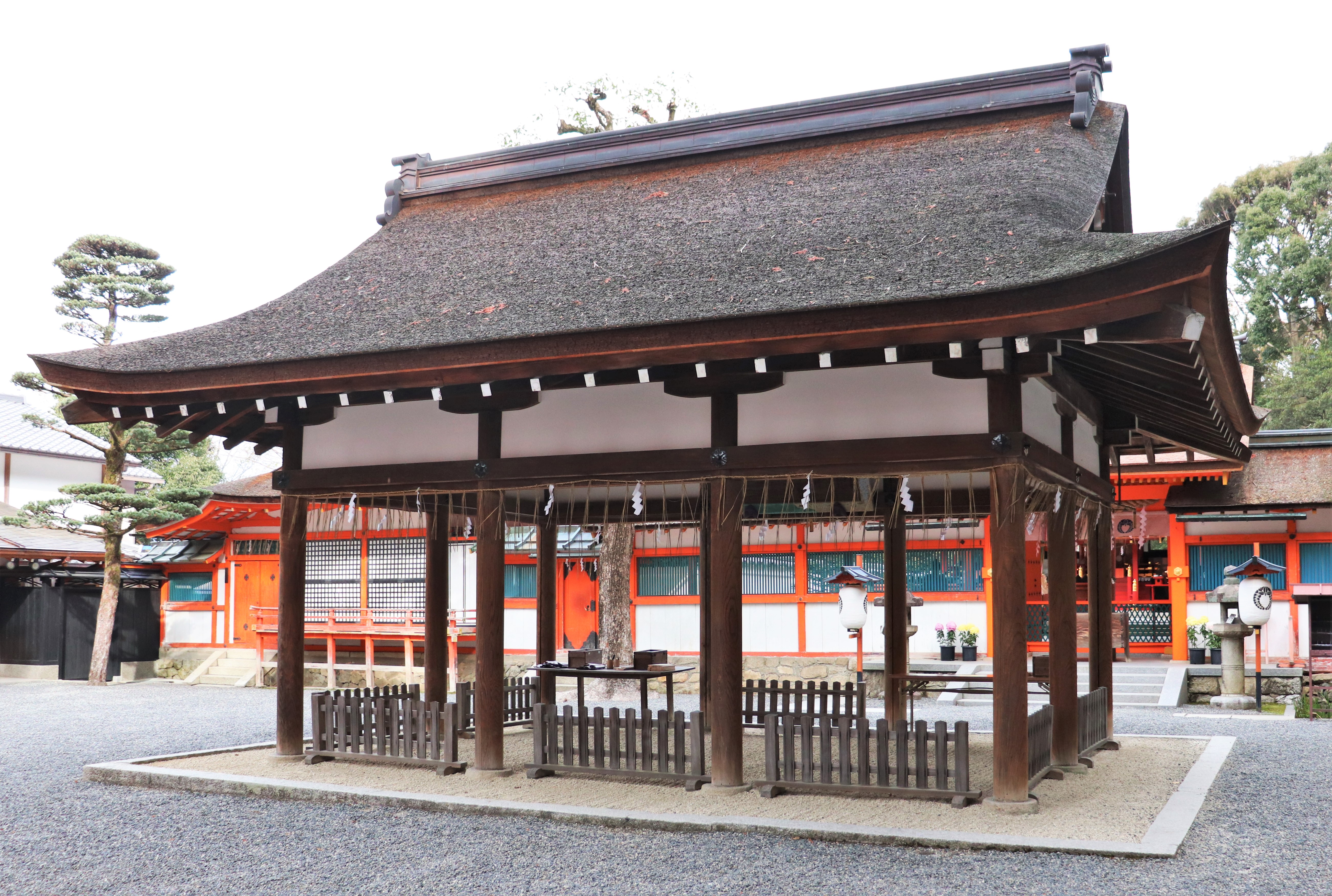
Also, Yoshida Kanetomo, greatly contributed to make this shrine big is enshrined as a god in Yoshida Shrine.
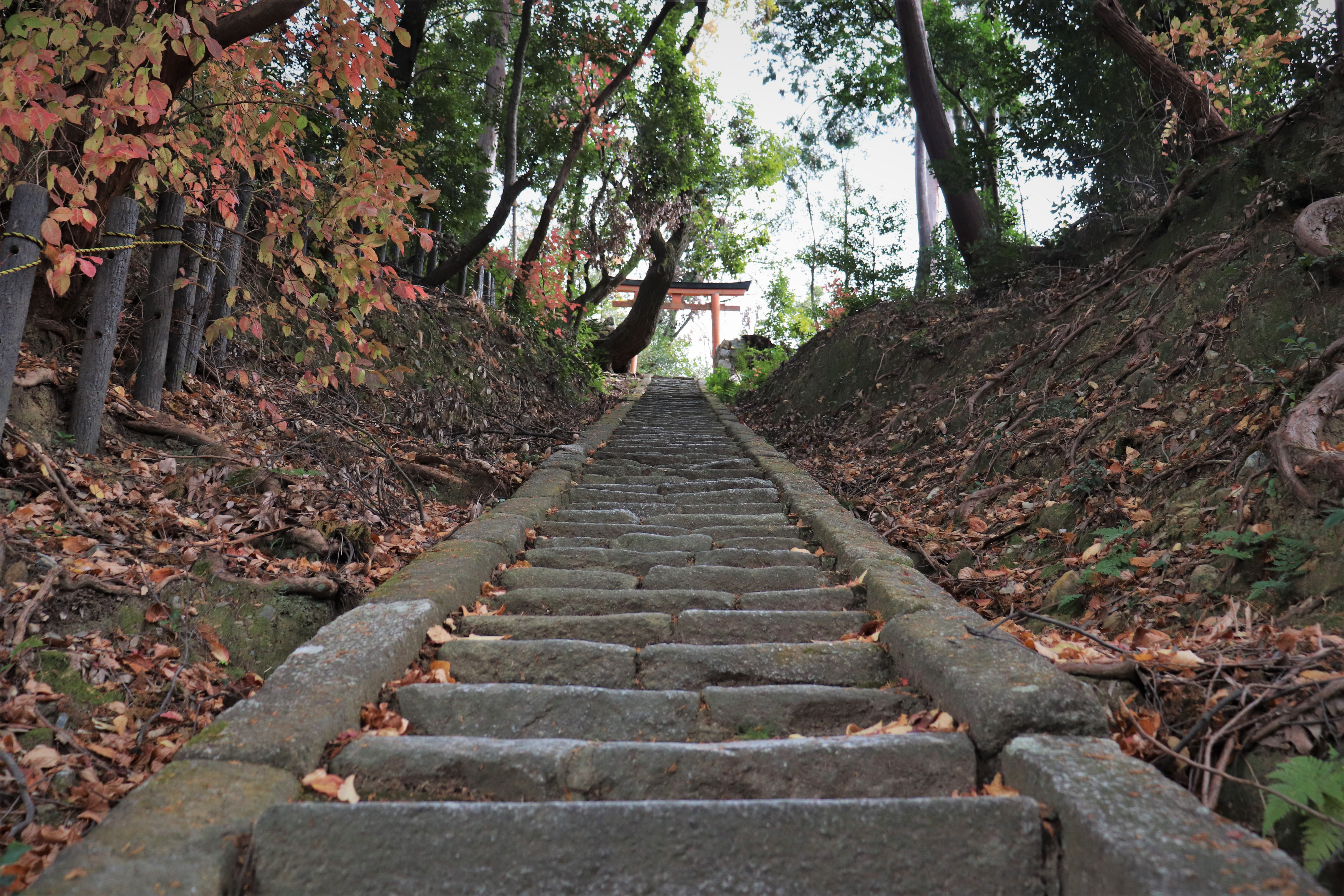

Other points of Interest in Yoshida Shrine
Daigengu
Maybe even the more popular attraction than the honden is the Daigengu. The Daigengu enshrines the main deity of Yoshida Shinto, Soranaki-oomoto-mikotokami.

On special occasions, such as New Year’s Day and the 1st day of the every month, the public is allowed closer access to the Daigengu, but usually the Daigengu is closed off. However, you can clearly see Daigengu still, so just take a look! The Daigengu is very interesting octagon shape building which you probably never be able to find anywhere as a shrine.

Since it enshrines the god of origin together with gods from all over Japan, it is said that you can get almost the same benefits you can get as many as 3,000 shrines.
Yamakage Shrine
On the way to Daigengu, make sure to drop by Yamakage Shrine, which enshrines Fujiwara no Yamakage.
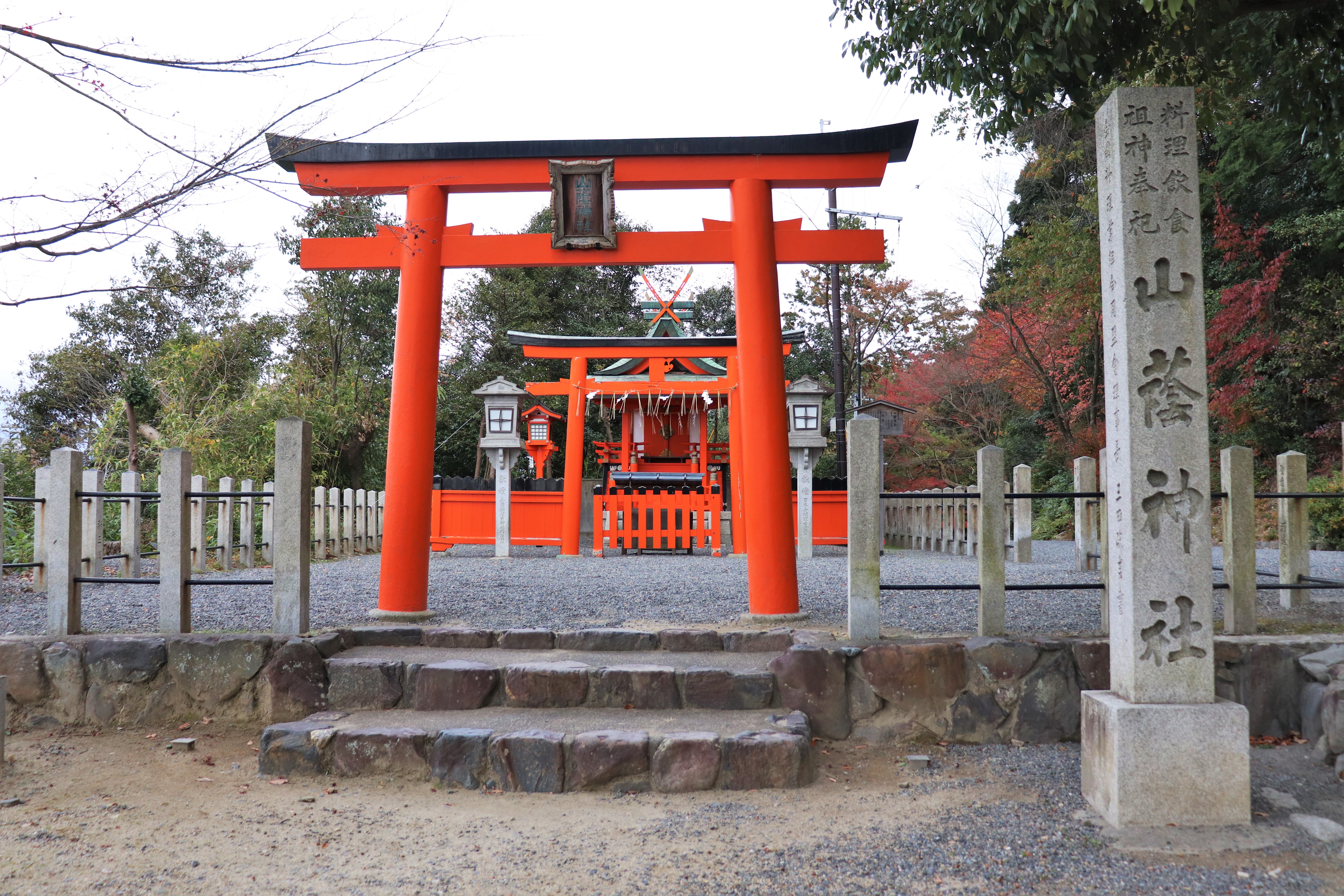
Yamakage Shrine is particularly popular for chefs because Yamakage himself was a very well-known chef as he came up with many recipes for the imperial palace. Because of his numerous skills in the kitchen, Yamakage also earned perfected a style of knife techniques for chefs, known as hocho-do, that chefs throughout Japan still use to this day.
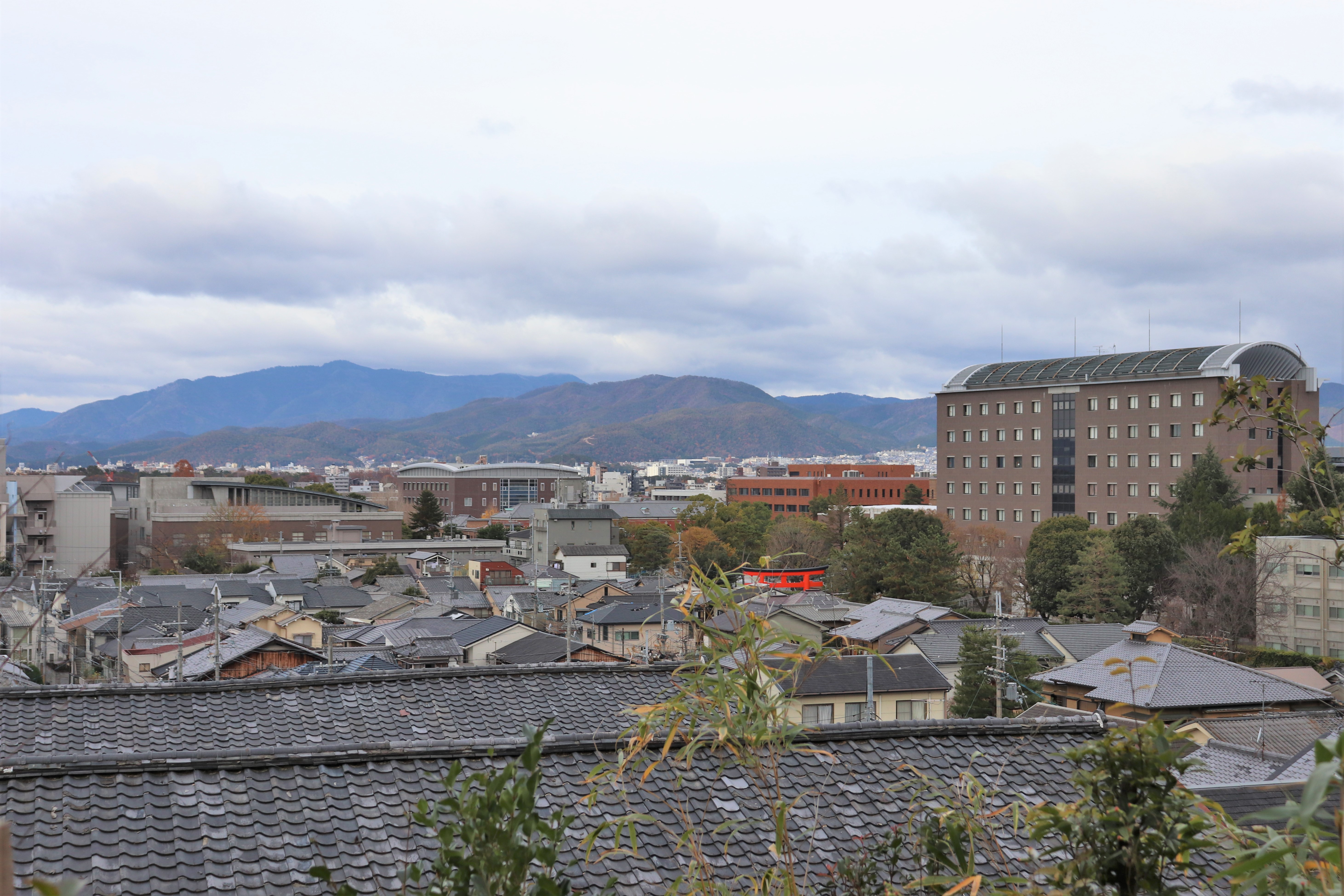

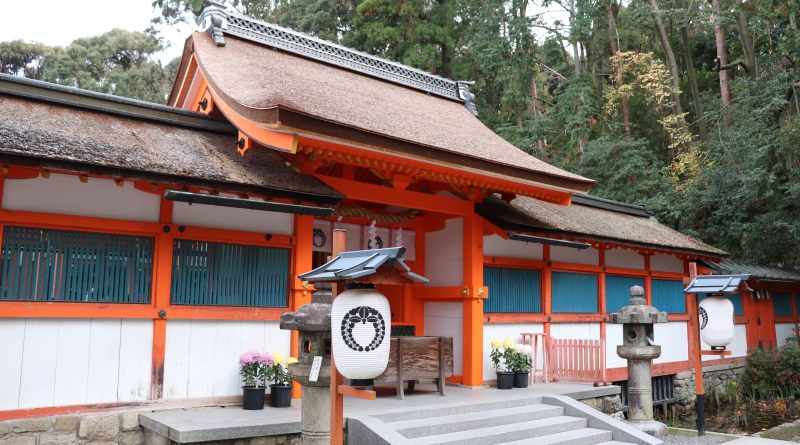
Leave a Reply